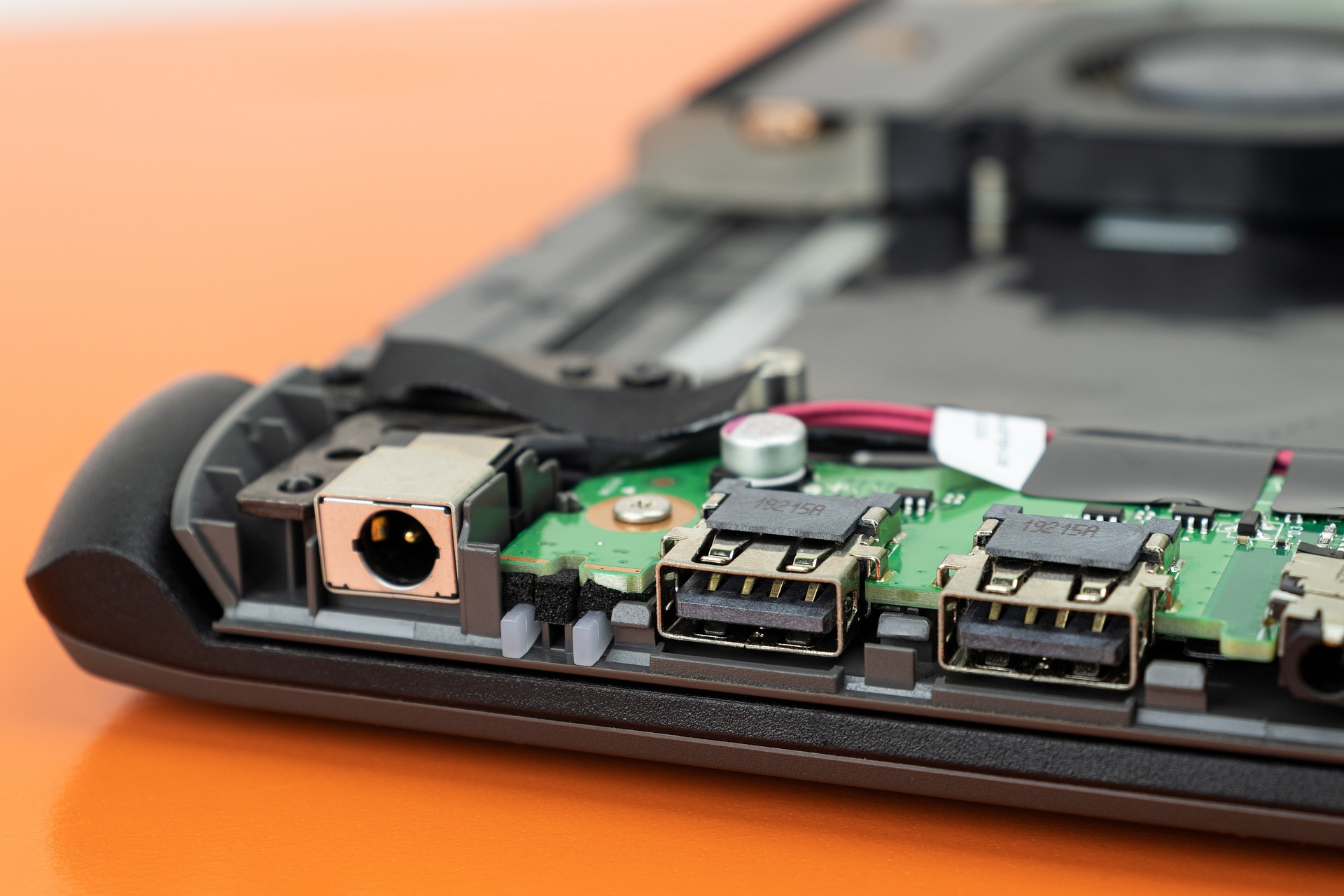"Shaping the Future: The Unfolding Tale of E-Ink Technology"
The future of technology is continuously evolving, and E-Ink technology has emerged as one of the most promising advancements in recent years. Its unique features and potential applications are creating ripples in the tech world. Let's delve into the history, current innovations, and potential future of E-Ink technology.

A Brief History of E-Ink
E-Ink, short for electronic ink, is a type of electronic paper display technology, designed to mimic the appearance of ordinary ink on paper. The inception of E-Ink dates back to the 1970s at the Xerox Palo Alto Research Center. However, it wasn’t until the late 90s that E-Ink Corporation was founded to commercialize the technology.
The first product to incorporate E-Ink technology was Sony’s LIBRIé, an eBook reader released in 2004. Amazon’s Kindle, introduced in 2007, further popularized the technology because of its readability and low power consumption.
The Present Scenario: E-Ink Innovations
Today, E-Ink technology has expanded beyond eBook readers. It’s now being used in smartphones, wearables, digital signage, retail, and more. E-Ink displays are increasingly recognized for their user-friendly characteristics, like being easy on the eyes and readable in direct sunlight.
One of the most recent advancements in E-Ink technology is the development of colored E-Ink displays. The E-Ink Kaleido, launched in 2020, allows for up to 4096 colors. This is a significant leap from the previously monochrome displays and opens up new avenues for the application of E-Ink technology.
A Glimpse Into the Future: E-Ink’s Potential
Looking ahead, E-Ink technology is poised to make significant strides in various fields. In the area of wearables, E-Ink could revolutionize the industry by providing displays that consume less power, thereby enhancing battery life.
The introduction of color E-Ink displays also promises a new realm of possibilities in digital signage and retail. These displays can provide dynamic, eye-catching content while consuming far less power than traditional LCD or LED screens.
Moreover, E-Ink technology has significant potential in the education sector. With its paper-like readability and reduced strain on the eyes, E-Ink could redefine digital learning, making it more accessible and comfortable.
The Market Impact and Pricing
The market for E-Ink displays is projected to grow steadily in the coming years. According to a report by Grand View Research, the global E-Paper display market size is expected to reach USD 28.87 billion by 2022.
The price of E-Ink display devices varies depending on the product and its features. For instance, a typical E-Ink eBook reader can range from around $80 to $300, while E-Ink smartphones and smartwatches can cost upwards of $300.
Wrapping Up
As we continue to traverse the digital age, technologies like E-Ink are shaping our future. With its unique features, myriad applications, and promising future, E-Ink is undoubtedly a technological advancement to keep an eye on. As it permeates more aspects of life, E-Ink could significantly alter the way we interact with technology and consume digital content. Only time will tell how this exciting technology will evolve and reshape our digital landscape.





